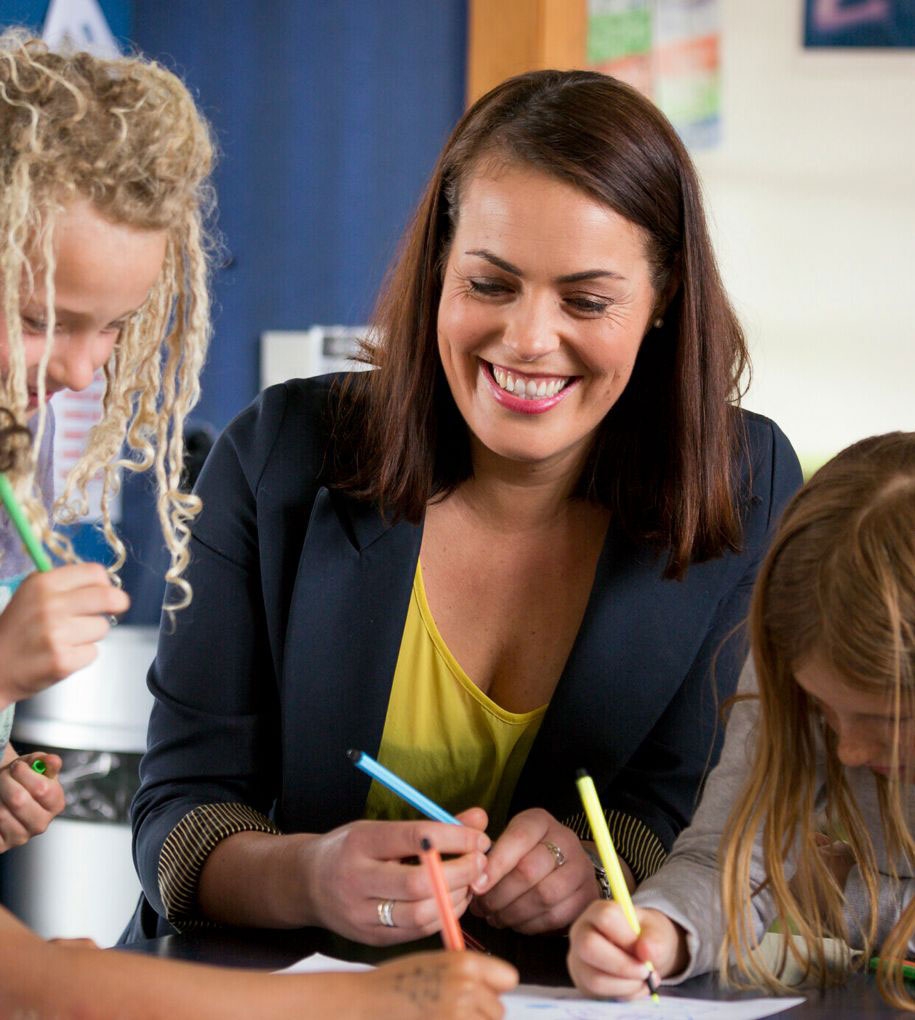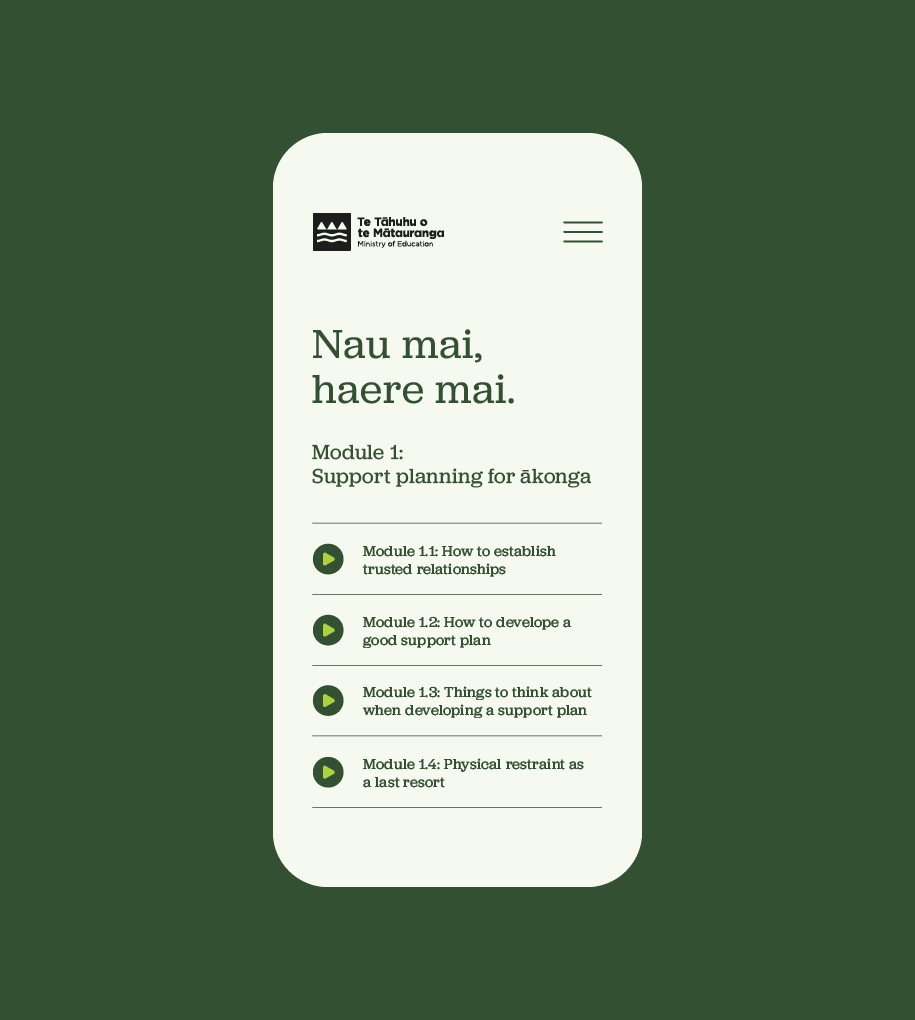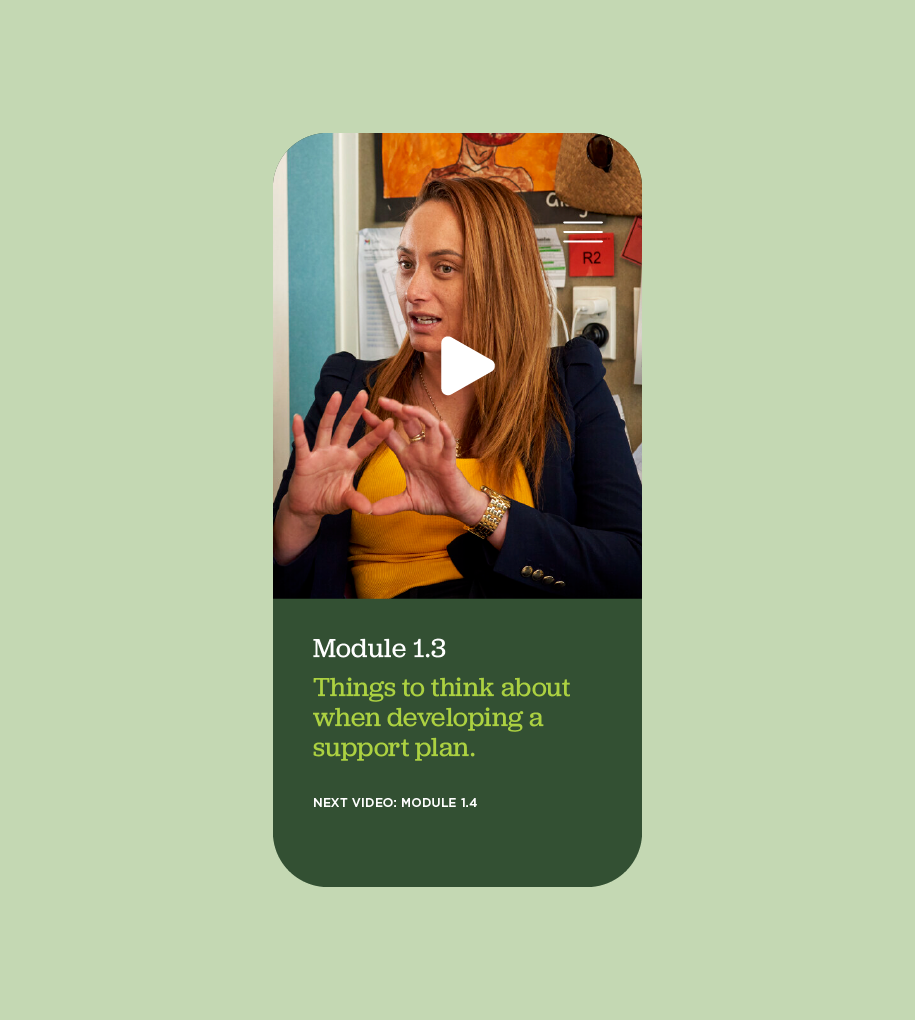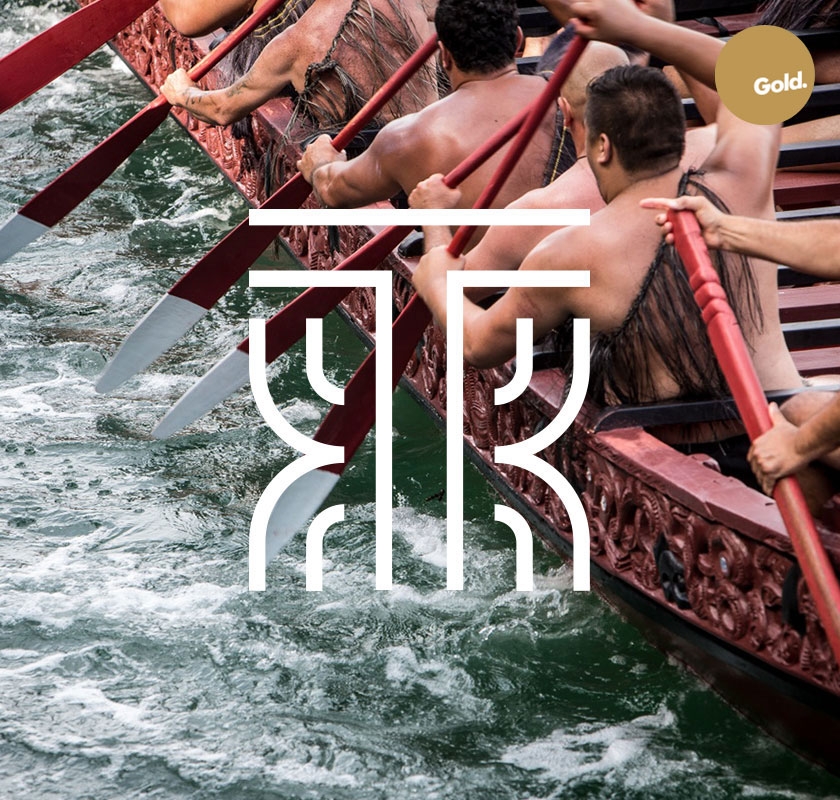Guiding educators to recognize, respond and resolve distress.
Educators deal with many complex issues. One of them is how to respond to the distress of a student, particularly when physical restraint appears necessary. Unfortunately, Māori and the disabled are physically restrained more than others, creating increased inequities and concerns for parents.
We were asked to create resources that would guide schools to create appropriate policies and guidelines for removing physical restraints. It was essential to ensure this aligned with the best practise and principles of Te Tiriti o Waitangi.
Support for our Kaiako and whānau to keep our tamariki safe at school.
Understanding how to deal with distress and safety issues in school can be complex and create fear and trepidation. We decided early that the guidelines needed to empathise with educators and give them the courage to be open, receptive and embrace new cultural concepts and processes as they strive to work closer with whānau on the needs of their children.
We also needed to ensure that any response model would embrace a tikanga Māori approach, to ensure that whānau Māori and students were supported appropriately. Working with a collective of experts, including Dr Moana Eruera, who brought over 30 years expertise in strengthening whānau and child safety and wellbeing.

Cultural principles and values that centre on whānau and kura working as one.
We found that there was no clear alignment of the existing guidelines to te ao Māori. But there was a commitment to honouring Te Tiriti o Waitangi. We worked with the Ministry to identify how the principles of Te Tiriti o Waitangi relate to a child’s rights to education in Aotearoa. Five key principles were identified through consultation with whānau Māori. These then inspired the narrative of the Tētēkura.
The Tētēkura is a young plant, a symbol of growth, development and aspiration to reach upwards for enlightenment. But it also means to be a dynamic leader. This speaks of our young people in terms of their potential and inherent tapu and mana. The tētēkura is supported by strong connections of whānaungatanga between whānau and kura - a protected space for the tētēkura to grow.
The Manu Tāiko guides us how to recognise, respond and restore.
The Manu Tāiko is a guardian bird, which protects the mauri or life energy of the forest. The Manu Tāiko communicates with spiritual, cultural and emotional expertise, guiding everyone to protect the tētēkura.
We created the “Response Model” to guide educators on how to better recognise, respond and restore a tētēkura through distress. The Manu Tāiko has great expertise in recognising disturbances in the forest. This is Mātaitia - to recognise. To atawhaitia is to respond with care. To whakawhenuatia is literally to “ground something,” to re-establish connections to whenua.



A unique and memorable way to engage people and anchor the work in te ao Māori.
We worked with Tui Tuia Learning Circle, specialists in education professional development to create a series of educator training. A series of video modules were created for every school in the country to orient their staff through the principles, values and guidelines of Aramai He Tētēkura.
Printed and digital resources ensure schools can develop their own application of the principles in their school policies, report on incidents and iteratively learn how best to meet the needs of students and whānau.
Client Michelle Main
Creative Director - Johnson Mckay
Design Director - Tim Hansen
Design - Bhushan Purohit, Jason Fantonial, Richard Pearson
Motion - Storm Smith, Malachi McKay
Strategy
Brand Identity
Key Communications
Publication Design
Illustration
Motion
Brand Guidelines

